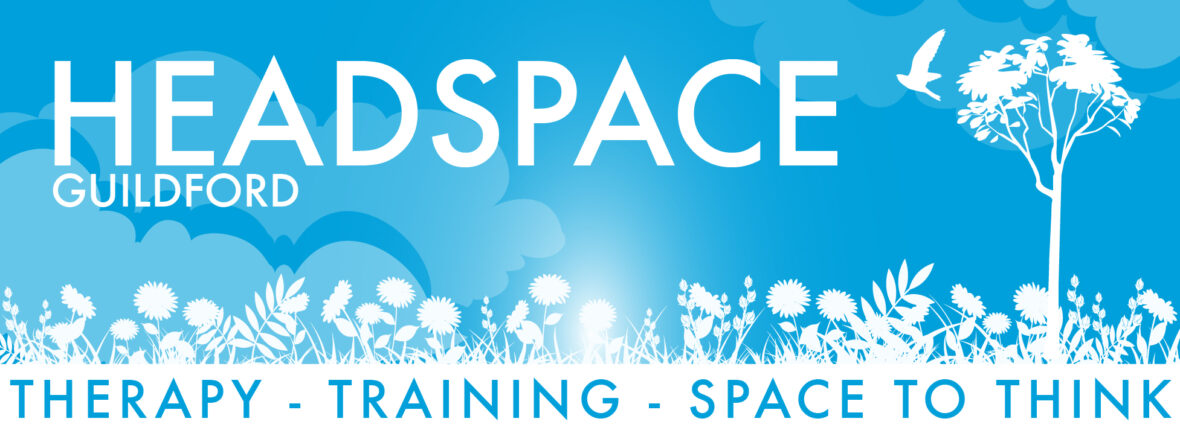In the final blog of the mini-series on myths in Clinical Psychology I will talk about a rather unconscious myth which is so often what I see in practice. When someone is referred to me, both at Headspace Guildford or in my NHS post, there is often the belief that I have some sort of magic wand and that I can wave it over a child who is struggling and just fix them. It’s often unsaid and probably quite unconscious in most cases. Afterall, it is my job to help people who are struggling so is it really unreasonable to expect that I’ll do some hocus pocus in my therapy room and they’ll feel better.
The reality is a little different. Mostly, people do end up feeling better after they’ve to see a Clinical Psychologist for a few sessions. But it isn’t instant. Sometimes the first session is hard and can leave you feeling a bit wobbly. Hopeful, but wobbly. This is because you’ve taken the brave step to talk about why you came to see a psychologist and have talked about hard things. But usually people are also hopeful because they can see that things could be different.
But then comes the hard work. There’s no hocus pocus about seeing a psychologist. We know that therapy works because talking about things in a calm and supportive environment actually helps our brain to process them and create new brain pathways that it can then use in difficult situations. And a lot of the hard work happens outside the therapy room. It’s not me doing the magic, it’s the people I see. When you come to a session we talk about different ways of thinking, different strategies and different ideas. But you then have to try these out in the real situations which challenge you. You’re the one doing the magic, not me.
